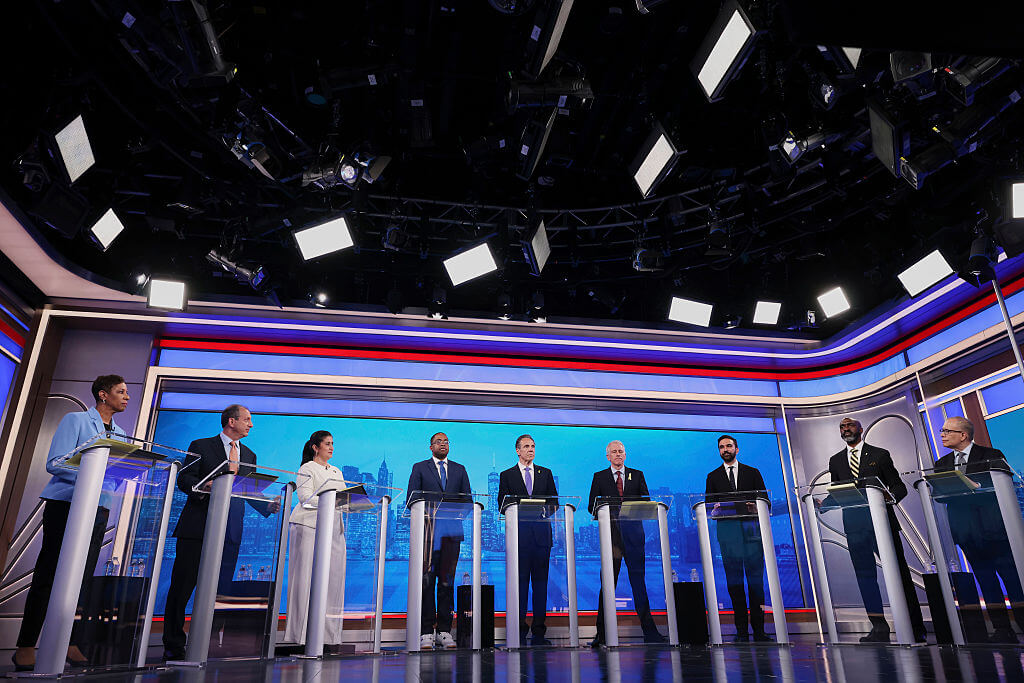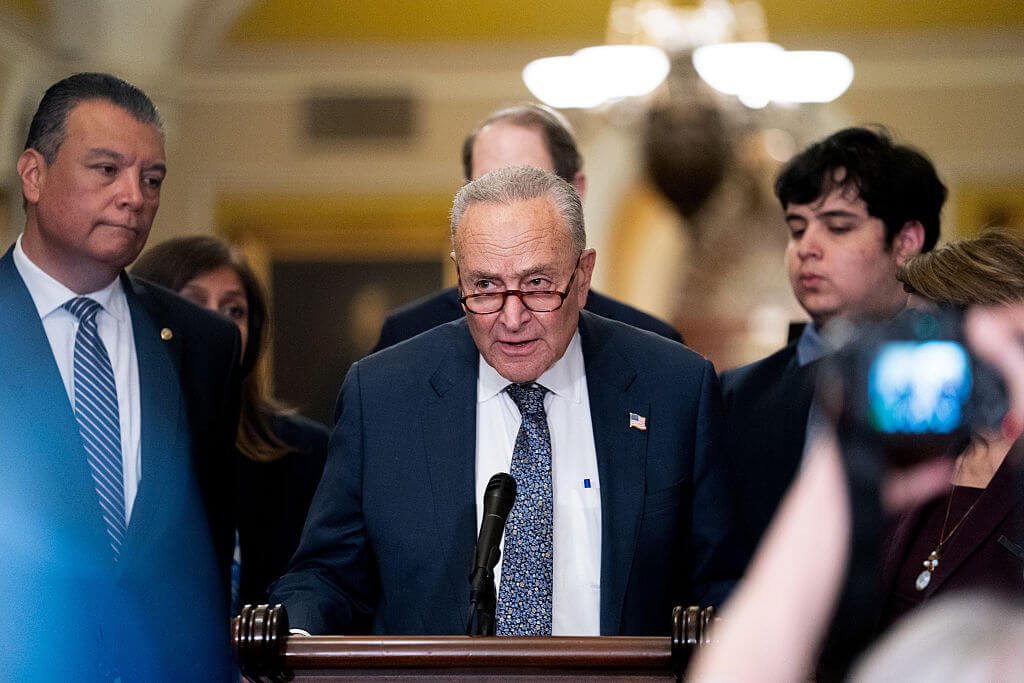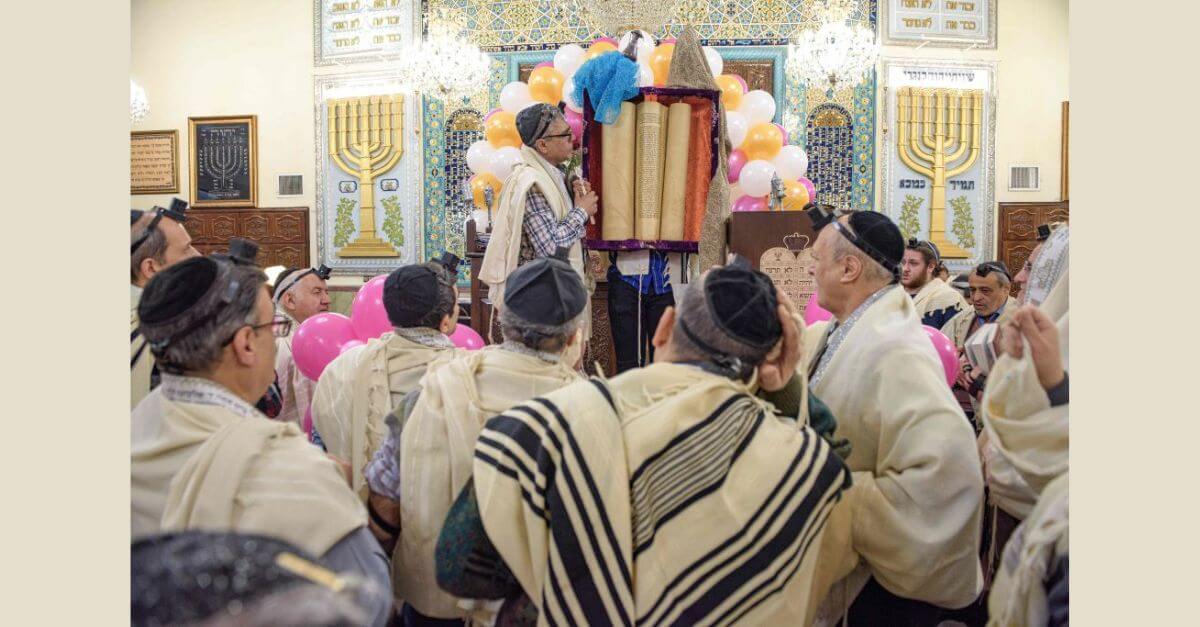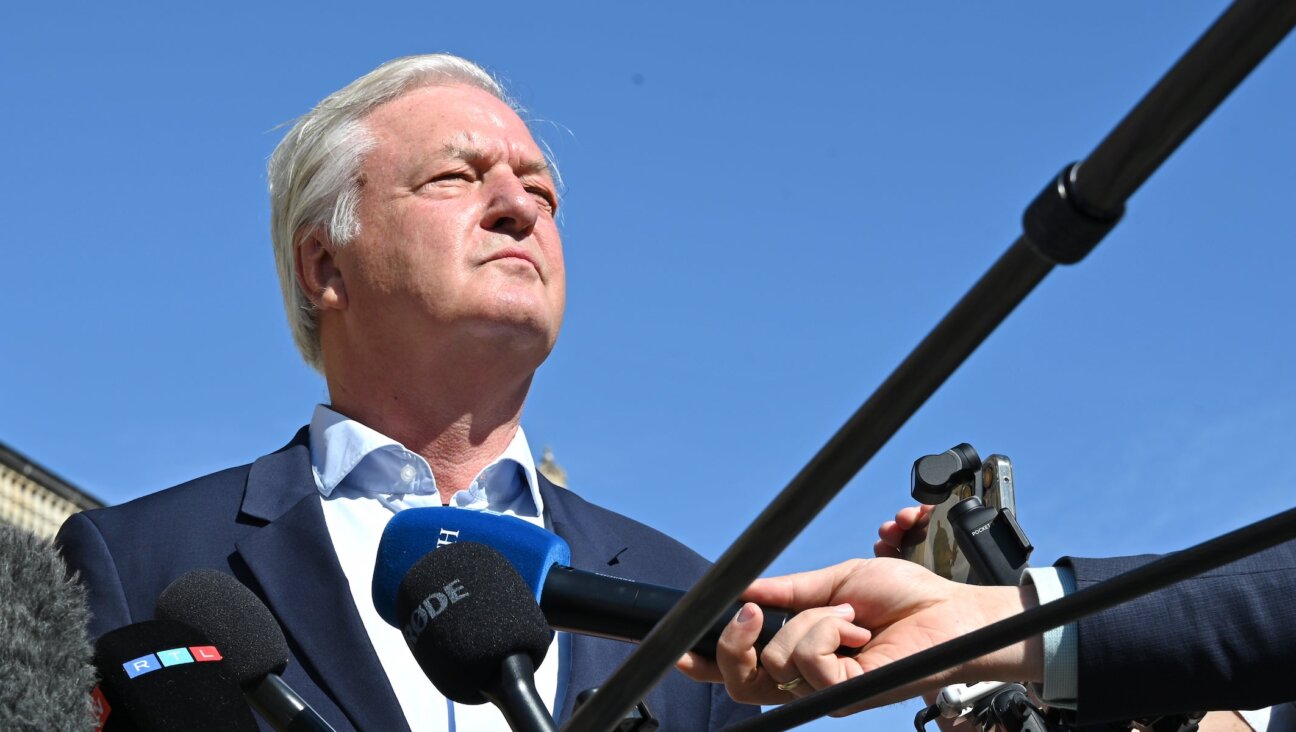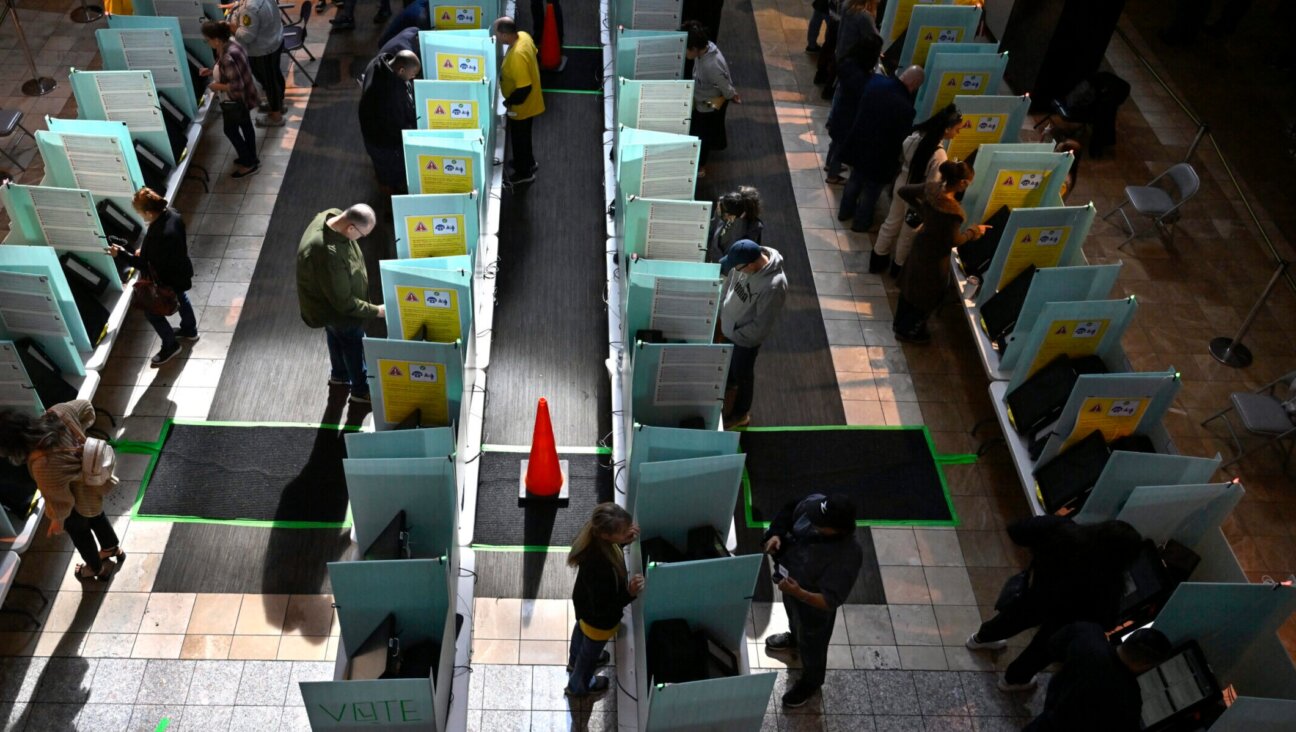Jews With Asian Heritage Pose Growing Identity Challenge to Jewish Establishment

Since their wedding in May 2012, Facebook founder Mark Zuckerberg and his wife Priscilla Chan have become the unofficial representatives of Jewish- and Asian-American couples in the United States.
Earlier this month they were prominently featured around the world hugging their firstborn daughter Max. Previous stories revolved around Hannukah celebrations at the couple’s home and around the fact that Zuckerberg was studying Chinese.
The phenomenon of mixed Jewish- and Asian-American couples has become more common over the past two decades, bringing with it media attention to the identity crisis facing their offspring. Even within the intellectual and multicultural greenhouse of the West Coast, these children are not always welcomed by the Jewish community.
There are no updated official statistics on the incidence of such marriages. News of relationships between Jewish and Asian celebrities provokes opinion editorials on assimilation in Jewish media, with claims even made that Jewish males have developed a “deviant penchant” for Asian women.
On the other hand, a dating app called “coffee and bagel,” popular among young educated people in New York, lets users state the preferred race of a potential partner. It recently published data provided by app users which ostensibly belies the claim that Jewish men look for Asian women.
In the meantime, American media continue to cover the phenomenon. When a book by Amy Chua, who wrote the bestseller “Battle Hymn of the Tiger Mother,” raised a furor in the U.S., the New York Times defined Chua and her husband Jed Rubenfeld as “the kind of Asian-Jewish academic power couple that populates many university towns.”
Helen Kim and her husband Noah Leavitt from the Sociology Department at Whitman College are leading researchers of relations between Jews and Asian Americans. Ahead of the publication of their new book, called “JewAsian – Race, Religion and Identity for America’s Newest Jews,” Kim told Haaretz that the children of such mixed couples aren’t always welcomed by their communities of origin, even in major cities.
“When we talk about our work, the response is that the Jewish community is becoming a racially more diverse community, and very welcoming. But I think the kids that we have interviewed would really challenge that. Even those little comments, like, ‘ha, funny, you don’t look Jewish,’ that some people might take as minor, over time they add up and become a challenge to identity. Just because it’s seemingly a diverse population doesn’t mean that the Jewish American population has fully grappled with what it means, and that the kids will feel totally accepted. I think there is still the assumption that Jews are from Poland.”
Since 2010, Kim and Leavitt have held in-depth interviews with 68 couples with children and with 39 people aged 18-25 from families of Jews who married Asians (mostly Japanese- and Chinese-Americans). From testimonies collected by the researchers it appears that when they grow older the children embrace both identities, showing pride in their mixed origins.
One interviewee, a son to a Filipina mother and Jewish father, said he was exposed to comments such as Judaism is transmitted through the mother, but he didn’t mind. “People just say that I’m not Jewish, it doesn’t count if it’s on my father’s side, it’s only valid through the mother, or if I really wanted to be Jewish I’d have to go through the Orthodox conversion ceremony – that sort of thing … I still identify strongly with [Jewish identity], that half my family is Jewish and it doesn’t really matter which half, that it’s considered a part of myself and that it’s a part of me.”
The external appearance of children with racially mixed parents had no bearing on their self-definition.
All respondents in the survey said that they feel that their identity is multi-racial, defining themselves as both Jewish and Asian, rather than “half-Jewish” and “half-Asian.” The respondents were active in Jewish communities and familiar with and observed American Jewish customs. Many said that they wanted to raise their children as Jews. Some of the respondents are meticulous about attending synagogue and observing religious law, mainly as part of the Reform movement in the U.S.
Last year, Angela Warnick Buchdahl, whose background is similar to that of other participants in the survey, became the leading rabbi at the Reform Central Synagogue in New York.
“You know, the first time I told my parents I wanted to be a rabbi, I think it really blew their minds a little,” she says. “My mother, obviously, as a Korean Buddhist, I think it was outside her world. And for my father, who was not a particularly religious Reform Jew, they found it both surprising. But they’ve come around and feel extremely proud. And I think that I do earn the name ‘pioneer’ for being the first Asian-American rabbi or cantor.”
While younger survey participants define themselves as both Jewish and Asian, the interviews exposed a gap in the depth of their identities. Adolescents had a deeper Jewish background and took greater care to observe Jewish rituals than those coming from the Asian side of the family. “Even for the kids who grew up in the Bay Area, it was much more typical to say, ‘we are doing Shabbat at home’ than to do something on the Asian holidays. But they had Jewish and Asian friends, on a personal level,” Kim says.
Sense of pride
Kim and Leavitt also discovered that young Asiatic Jews are less familiar with Asian culture – which may be surprising given that they grew up in the San Francisco area with its large community of immigrants from the Far East. The parents of those interviewed explained the difficulty of imparting an Asian heritage by saying that they themselves were second- or third-generation Americans.
“The grandparents may speak Chinese, but as second-generation Asian Americans they might not be as confident or know what to do in terms of transmitting that identity to a kid. They might eat kimchi and dim sum, and it’s easy to go to an Asian restaurant, but they may not know what to do in terms of language transmission or other types of cultural transmission. It is consistent with other research with other biracial couples. Even for Asian Americans marring other Asian Americans, there is a whole range of what is done for cultural transmission,” they say.
Kim has her own hypothesis for the difficulty of imparting an Asian heritage in the U.S. “It’s something that I struggled with personally. I grew up as a somewhat typical second-generation Korean American – my parents didn’t teach me Korean, I didn’t grew up in an ethnic enclave and I didn’t really know what to do, even though I wanted to. For me it’s much easier to transmit the Jewish part. One day I told my mother about it, and she said that Jews have a text that no matter where they are they can always go to, but there is no text about how to transmit a Korean identity.”
A further element studied in the survey was whether expressions of anti-Semitism around the world made young people who don’t look Jewish hide their Jewishness in order to adapt to various social situations. Interviews held by Kim and Leavitt showed that this was not the case.
“What was interesting is that they really felt that they have an insider’s perspective on the inner dynamic of social situations, and when someone would say something racist, or anti-Semitic, they felt compelled to speak up against these instances, even if they were passing,” says Kim.
One of the major recommendations that children of these mixed marriages have for couples who wonder how to raise their offspring is not to give priority to any one identity. “Their advice was always expose their kids to all aspects of who they are. Don’t preference one identity, make sure that you expose them to everything: being Jewish, being Korean, being Asian. Make sure to do the hard work even in times when they might want to shy away from these identities. In the long run there will be a payoff, because it not only gives them a sense of where they came from, but a sense of pride,” summarizes Kim.
For more stories, go to Haaretz.com or to subscribe to Haaretz, click here and use the following promotional code for Forward readers: FWD13.







